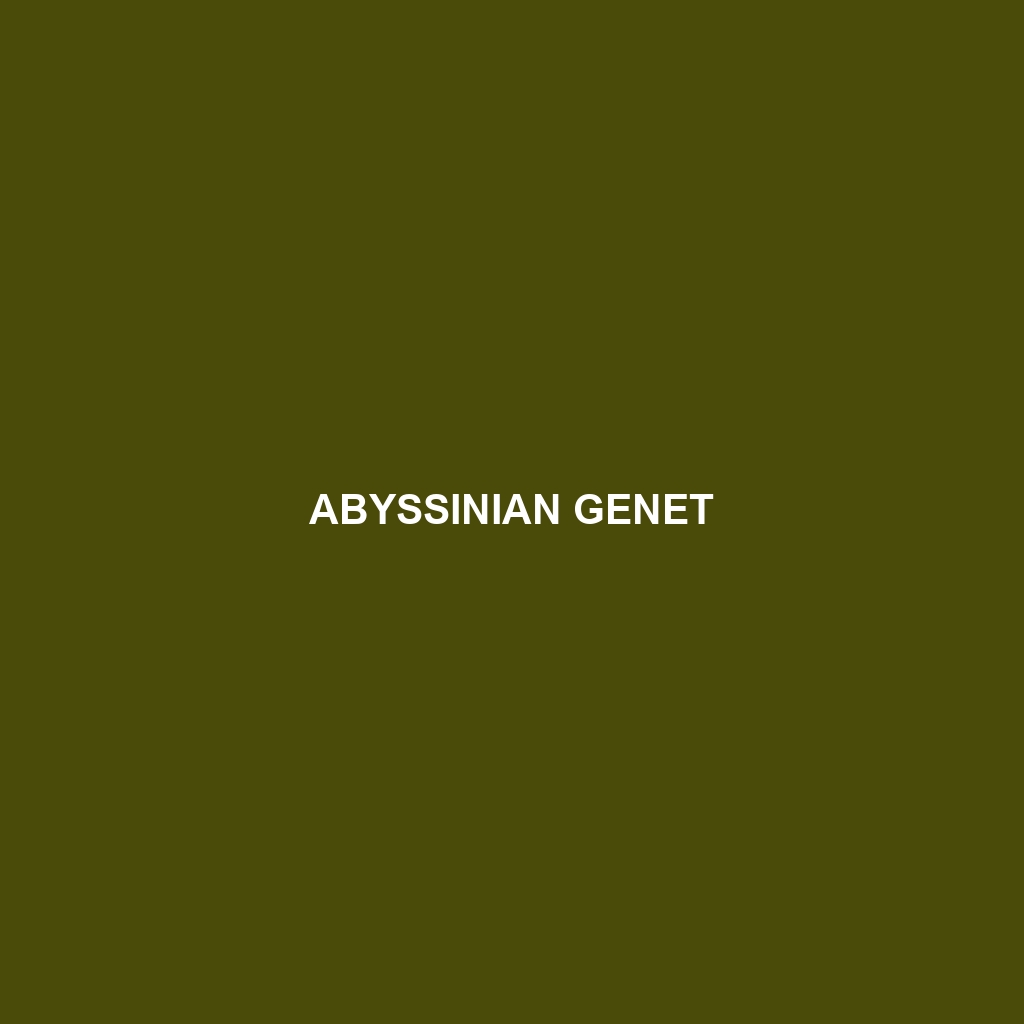Eastern Aardwolf Species Description
Common Name: Eastern Aardwolf
Scientific Name: Proteles cristata
Habitat
The Eastern Aardwolf predominantly inhabits the open, arid regions of East Africa, particularly in countries such as Tanzania, Kenya, and Uganda. This nocturnal mammal prefers dry grasslands, savannas, and scrublands where it can easily find its primary food source, termites. Their habitat is characterized by sparse vegetation and sandy or loamy soil, which supports their feeding habits.
Physical Characteristics
The Eastern Aardwolf is a small and slender member of the hyena family, typically weighing between 8 to 14 kilograms. It has a distinctive appearance with a long, narrow snout and large, rounded ears that are particularly attuned to picking up sounds in its environment. Its fur is predominantly a pale yellow to brown color, often adorned with vertical black stripes along the body and face. Notable features include its sharp, non-retractable claws and a bushy tail, which help balance and communicate with others.
Behavior
The Eastern Aardwolf is largely nocturnal, displaying behaviors typical of a scavenger and insectivore. They are known for their unique vocalizations, including howls and yelps, which can be heard during their nighttime activities. Despite their resemblance to other hyenas, Eastern Aardwolves are relatively timid and solitary, often foraging alone or in pairs. They exhibit a penchant for marking their territory through scent markings and are not territorial in the same manner as their larger relatives.
Diet
Primarily insectivorous, the Eastern Aardwolf mainly feeds on termites and other insects, which comprise up to 90% of its diet. Their elongated teeth and pointed snouts allow them to extract insects from mounds with ease. This specialization makes them excellent at controlling insect populations in their habitat. They are known to feed primarily at night, utilizing their keen sense of smell to locate food.
Reproduction
Eastern Aardwolves have a breeding season that typically peaks during the rainy season, which ensures a plentiful food supply for the young. Females give birth to a litter of two to four pups after a gestation period of about 90-100 days. The pups remain in the den for the first few weeks of life and are weaned around six weeks. Parents show remarkable care, with both males and females participating in feeding and protecting the young.
Conservation Status
The Eastern Aardwolf is currently classified as “Least Concern” by the International Union for Conservation of Nature (IUCN), though its populations are facing threats from habitat loss and human encroachment. Conservation efforts are essential to maintaining healthy populations in their natural habitats.
Interesting Facts
– The Eastern Aardwolf has the unique ability to consume over 200,000 termites in a single night, showcasing their role as natural pest controllers.
– Unlike other hyenas, Eastern Aardwolves are not scavengers and primarily hunt live prey—in this case, insects.
Role in Ecosystem
As an insectivore, the Eastern Aardwolf plays a crucial role in its ecosystem by regulating termite populations, thereby maintaining soil health and promoting plant growth. Their presence indicates a balanced ecosystem, as they contribute to the overall health of their environment. By controlling pest populations, they support the biodiversity of plants and animals within their habitat.
